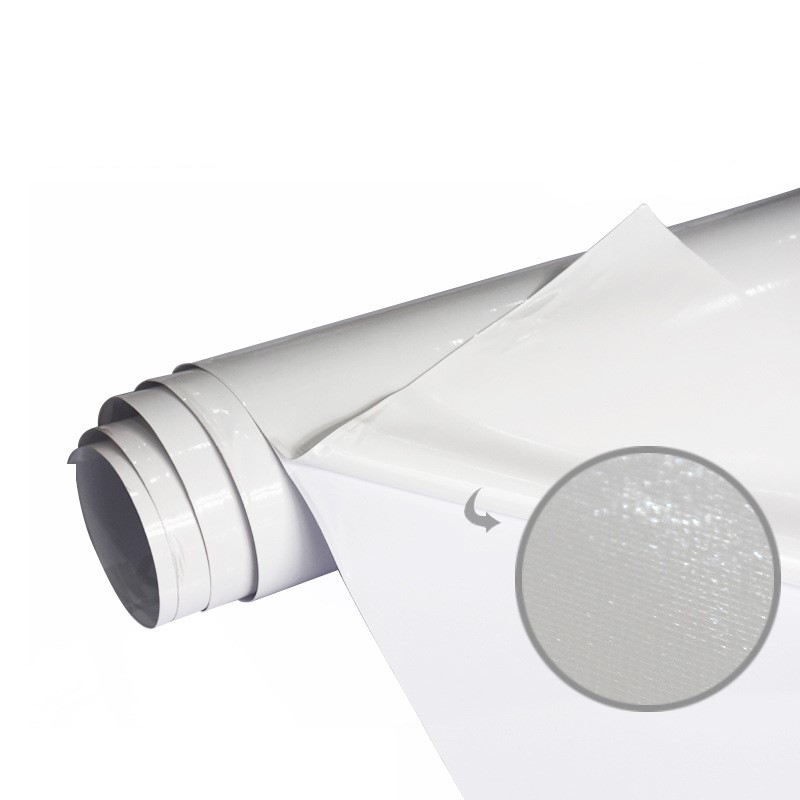Temperature sensitive patch
The temperature-sensitive patch is a simplified adhesive-type thermometer used in medical, industrial, and other fields, characterized by its diverse types, wide applications, and low cost.
A temperature-sensitive patch can be regarded as a simplified adhesive-type thermometer. Like a sticker, it does not require batteries or other forms of energy. When the temperature reaches the rated temperature of the patch, it begins to change color, thereby alerting the user to the temperature change.
Temperature-sensitive patches can not only be used to measure human body temperature but can also be applied to medical and industrial equipment. By simply attaching the patch to various heat-generating components of the equipment, users can detect abnormal temperature areas in electrical and mechanical devices early on, investigate the causes, and make improvements promptly, thereby preventing equipment damage and accidents. This also enhances workplace safety and protection.
Types of temperature sensitive patch labels
Reversible type: The temperature component changes color but returns to its original color after cooling. It can be reused continuously.
Irreversible type: The temperature component changes color but does not return to its original color after cooling. It cannot be reused.
Temperature-sensitive patches come in various styles, such as square with a circular interior, square with a square interior, etc. The sizes range from large ones that are 10cm x 10cm and can be identified with the naked eye from 10 to 20 meters away, to small ones that are 5mm x 5mm specifically for use on tiny electronic components. Due to their diverse types, wide applications, and low cost, they can meet the needs of most users.
Usage of temperature sensitive patch labels
When it is necessary to monitor the temperatures of multiple heat-generating points and issue warnings when the temperature reaches a predetermined value, but staff cannot continuously monitor them, several challenges arise: the heat sources may be located outdoors, in constant motion, or in dirty and damp environments; they may be high-voltage and inaccessible unless the power is cut off; they may be very small, densely arranged in confined spaces, and obstructed by barriers; they may be items that cannot withstand high temperatures, requiring prevention of degradation during transport; or traditional temperature measurement equipment may be unable to measure or have significant measurement errors due to weather conditions.
The forehead temperature patch is also a type of temperature-sensitive patch. By attaching it to the user's forehead and observing the color change on the patch after a few seconds, one can determine the user's body temperature and whether they have a fever.
Due to its lightweight, convenient, portable, and reusable nature, the forehead temperature patch has been widely used by many public agencies, government departments, and school institutions since 2010 as an effective measure to prevent the spread of new influenza pandemics and to encourage the public to take charge of their own health management.
We offer comprehensive technical support, including free professional labeling solutions, advice on label materials and adhesive selection, as well as online/offline assistance from professional software and hardware engineers. Service email: andy@ownlikes.cn. In pre-sales, we leverage our extensive experience in specialty labeling projects to provide clients with the most suitable hardware solutions. Additionally, all our label barcode printers and scanners come with a three-year free warranty, demonstrating our confidence in our products.






This site is protected by reCAPTCHA and the Google Privacy Policy and Terms of Service apply.